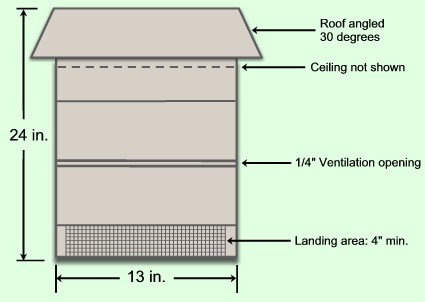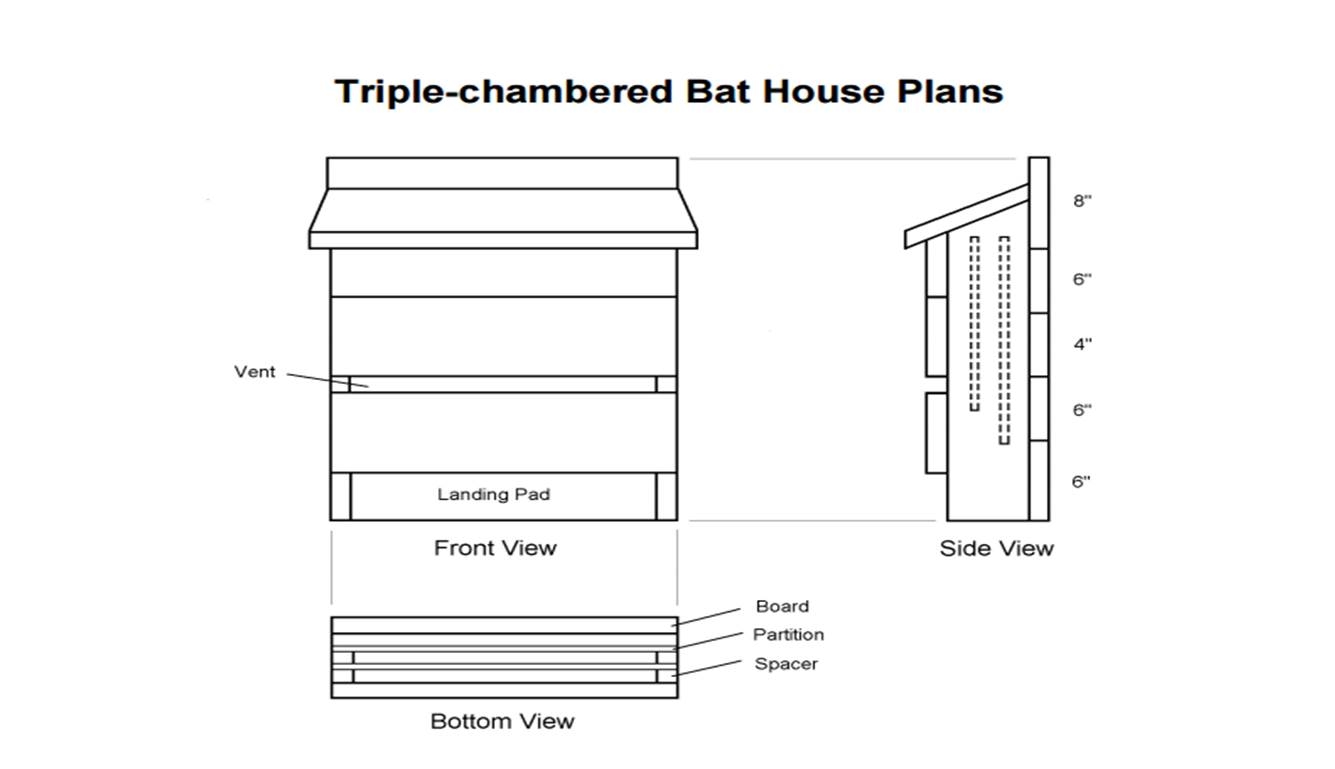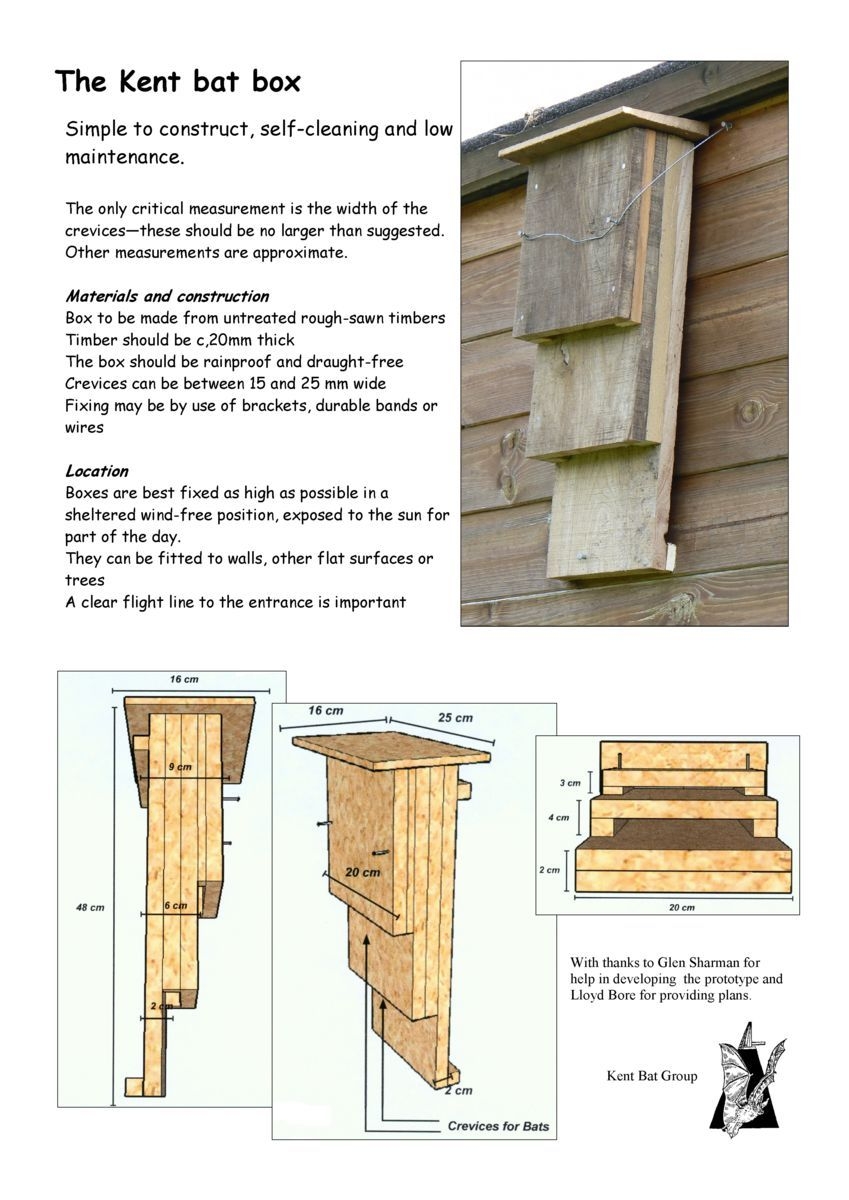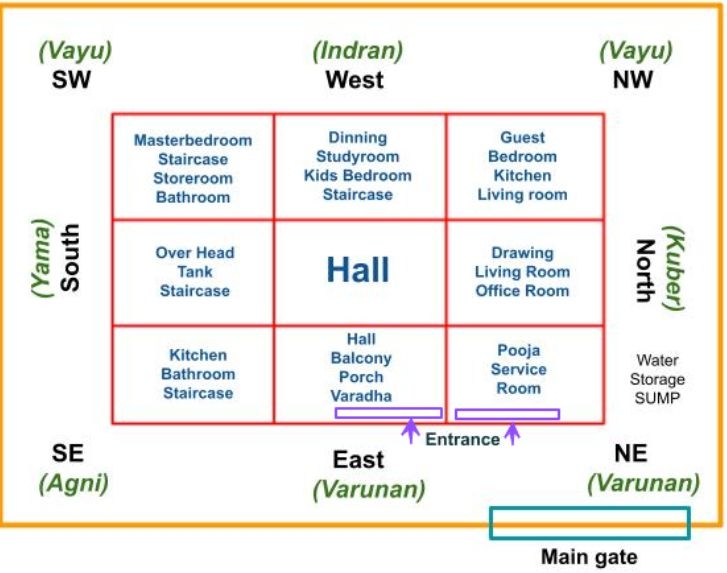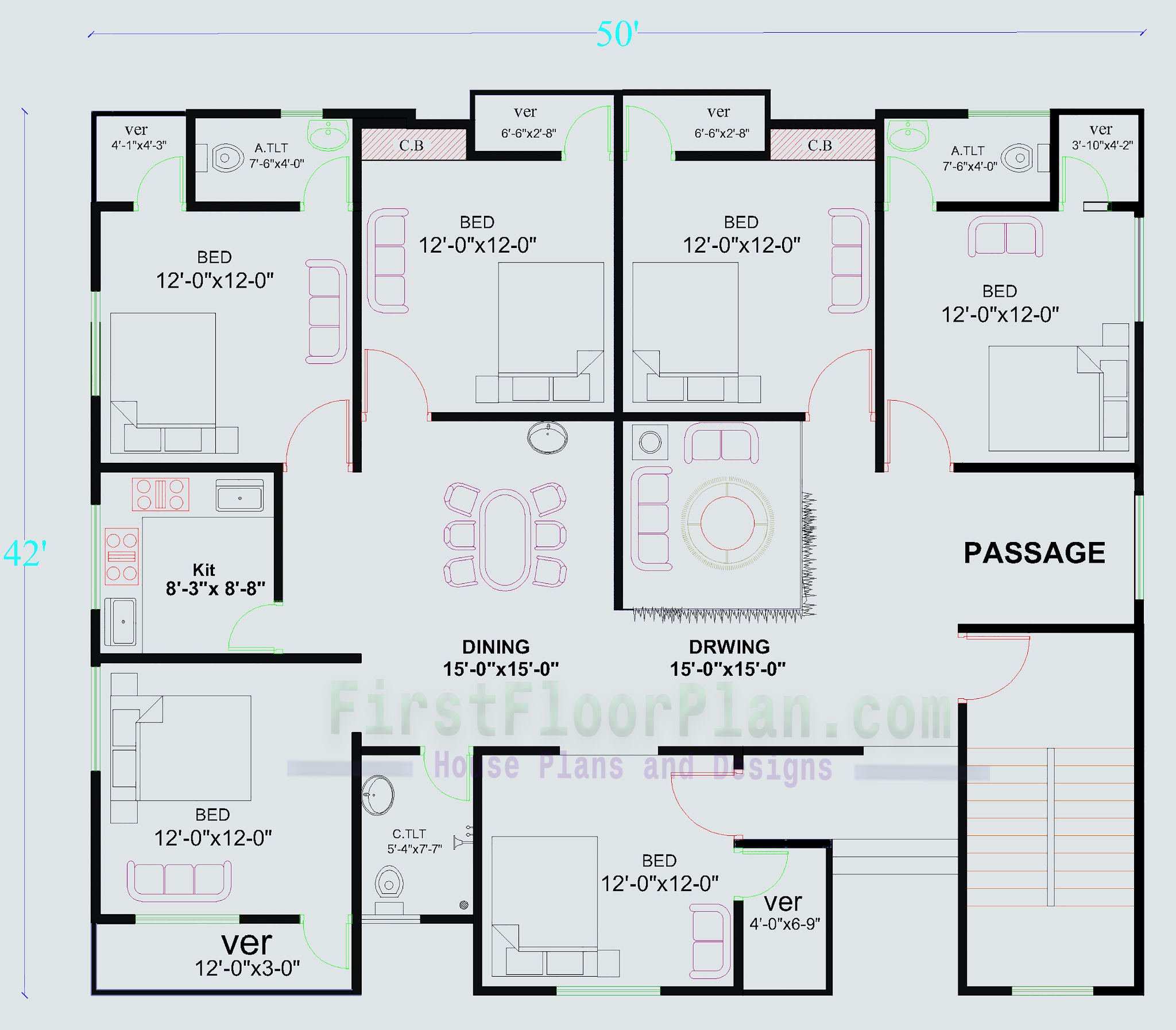Are you looking to attract bats to your yard to help control insect populations? Building a bat house is a great way to provide shelter for these fascinating creatures while also benefiting your local ecosystem. In this article, we will explore how to make a bat house plans, step by step, to create a welcoming space for bats in your backyard.
Knowledge
Before diving into the process of building a bat house, it’s essential to understand why they are beneficial and how they function. Bats are natural predators of insects and can consume thousands of mosquitoes and other pests in a single night. By providing them with a safe habitat, you can help reduce the need for harmful pesticides in your yard.
When designing your bat house plans, consider the following key elements:
Choose a location for your bat house that is at least 10-12 feet off the ground, receives at least six hours of sunlight each day, and is free from obstructions. Bats prefer warm, south-facing locations that are close to a water source.
Opt for untreated, rough-surfaced wood such as cedar or pine to build your bat house. Avoid pressure-treated wood, as it may contain chemicals harmful to bats. Use galvanized screws or nails to assemble the pieces securely.
Ensure that your bat house plans include proper ventilation, a landing pad, and roughened interior surfaces for bats to cling to. The interior should be at least 20 inches tall, with multiple chambers to accommodate a colony of bats.
Mount your bat house on a pole, building, or tree using proper hardware to ensure stability. Allow enough space around the bat house for bats to enter and exit freely without obstruction.
How to Build a Bat House
Now that you have a solid understanding of the key elements of bat house design, it’s time to put your plans into action. Follow these steps to build a bat house that will attract bats to your yard:
Collect all the necessary materials, including wood, screws, a saw, a drill, and a hammer. Make sure you have a clear plan and measurements before cutting the wood to size.
Follow your bat house plans to cut the wood pieces to the correct dimensions. Remember to include ventilation slots and roughened surfaces inside the chambers for bats to grip onto.
Use the appropriate hardware to assemble the bat house, ensuring that all pieces are securely attached. Double-check your measurements and design to ensure that the house is structurally sound.
Mount the bat house in a suitable location following the guidelines mentioned earlier. Make sure it is secure and positioned correctly to attract bats to your yard.
Conclusion
Building a bat house is a rewarding and environmentally friendly project that can benefit both you and your local ecosystem. By following the steps outlined in this article, you can create a welcoming space for bats to roost and help control insect populations in your yard.
Remember to regularly maintain and monitor your bat house to ensure its longevity and functionality. With patience and dedication, you can enjoy the sight of bats swooping through your yard while knowing that you are making a positive impact on the environment.
